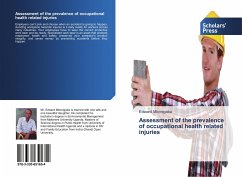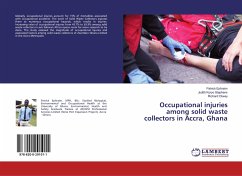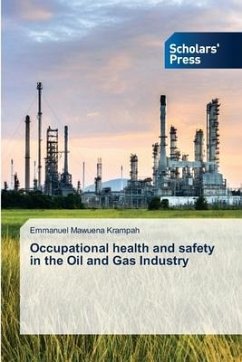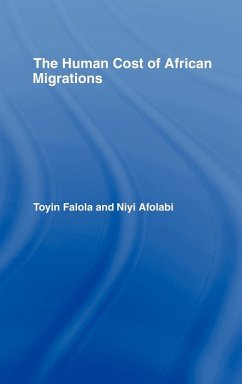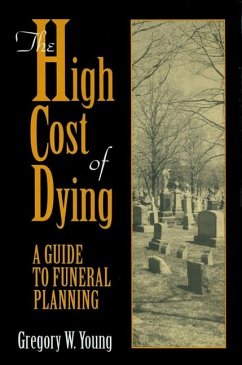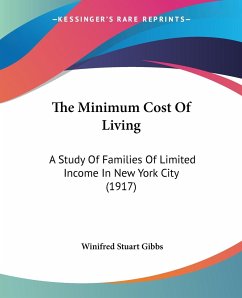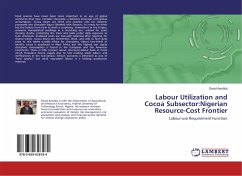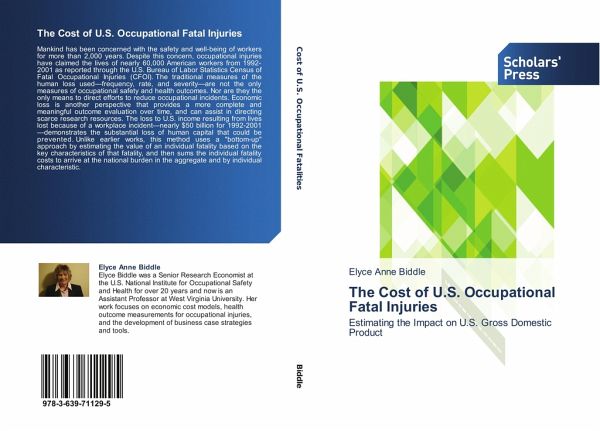
The Cost of U.S. Occupational Fatal Injuries
Estimating the Impact on U.S. Gross Domestic Product
Versandkostenfrei!
Versandfertig in 6-10 Tagen
52,99 €
inkl. MwSt.

PAYBACK Punkte
26 °P sammeln!
Mankind has been concerned with the safety and well-being of workers for more than 2,000 years. Despite this concern, occupational injuries have claimed the lives of nearly 60,000 American workers from 1992-2001 as reported through the U.S. Bureau of Labor Statistics Census of Fatal Occupational Injuries (CFOI). The traditional measures of the human loss used frequency, rate, and severity are not the only measures of occupational safety and health outcomes. Nor are they the only means to direct efforts to reduce occupational incidents. Economic loss is another perspective that provides a more ...
Mankind has been concerned with the safety and well-being of workers for more than 2,000 years. Despite this concern, occupational injuries have claimed the lives of nearly 60,000 American workers from 1992-2001 as reported through the U.S. Bureau of Labor Statistics Census of Fatal Occupational Injuries (CFOI). The traditional measures of the human loss used frequency, rate, and severity are not the only measures of occupational safety and health outcomes. Nor are they the only means to direct efforts to reduce occupational incidents. Economic loss is another perspective that provides a more complete and meaningful outcome evaluation over time, and can assist in directing scarce research resources. The loss to U.S. income resulting from lives lost because of a workplace incident nearly $50 billion for 1992-2001 demonstrates the substantial loss of human capital that could be prevented. Unlike earlier works, this method uses a "bottom-up" approach by estimating the value of an individual fatality based on the key characteristics of that fatality, and then sums the individual fatality costs to arrive at the national burden in the aggregate and by individual characteristic.



